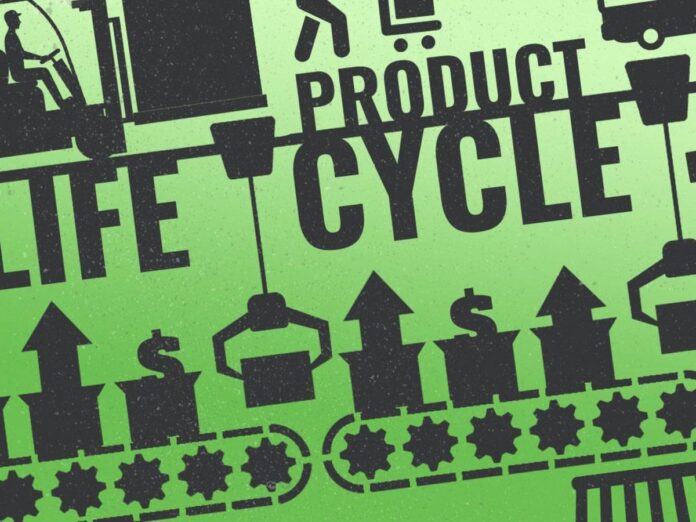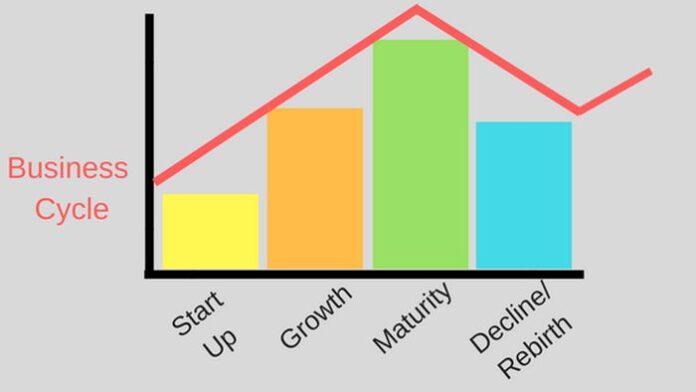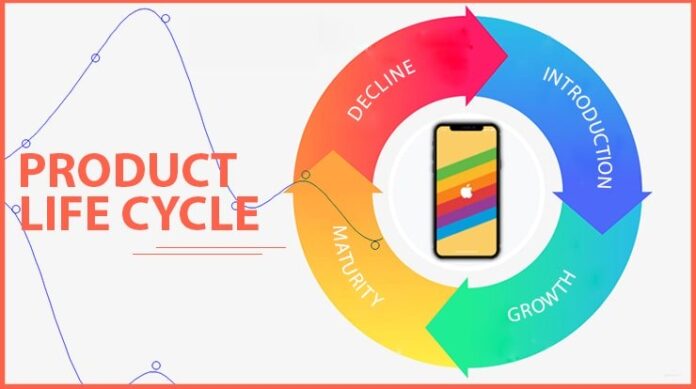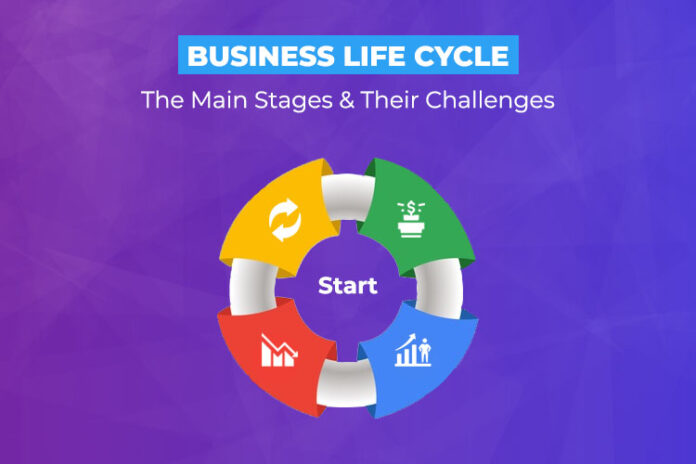In order to plan for the future, it is necessary to understand the company life cycle. A business passes through the stages of being a start-up, growth, maturity decline, and death, according to the 5 stages of the business life cycle.
It is somewhat easy to anticipate the future if you comprehend each step of the business life cycle.
What is the importance of the Business Life Cycle?

It’s a question with a distinct response for each organization, and the answer is highly dependent on the nature of the company and the sort of business it does.
Every business owner knows that understanding the many stages of a business life cycle is critical to success. A business’s life cycle is divided into five stages:
- Seeding and Development
- Growth
- Maturity
- Decline
- Death
Each level comes with its own set of obstacles and issues. The sooner an entrepreneur recognizes whatever stage he or she is in, the easier it will be to run the business and alleviate the obstacles that each stage brings.
What is the Business Life Cycle, and how does it work?
Businesses come into being, expand, mature, decline, die, and then vanish. Organizations must maintain track of this process and utilize it to examine their operations and make educated decisions about the organization’s future.
The business life cycle is a method of looking at the several cycles that a company goes through over the course of its existence.
Different stages of development occur at different times for different businesses, and each stage has its own set of problems. Businesses may use the company life cycle to address obstacles they face at different phases of their development. Business growth in this era of technology is directly proportional to the technology and advancement you have deployed in your business processes whether it is AI, robotic process automation, chatbot, or other integrations. If you are looking for the best IT service as per your business you must check https://diceus.com/services/software-development-consulting/
The worldwide economic growth predictions for 2025 and 2025 are shown here.
5 Stages of Business Life Cycle

Let’s take a closer look at the major stages of the company life cycle.
Seeding and Development
At the point when you originally think of a business idea, you are at the earliest reference point of your organization’s life expectancy. This is the ideal opportunity to establish that business seed and start supporting it, so it may bloom into a flourishing venture. The seed stage is usually alluded to be the stage that happens before your organization even exists. Contingent upon the area and industry, this stage is at times known as the development stage. Nonetheless, the seed stage likewise alludes to seed investment. Business visionaries chase after financial backers who will offer money and monetary help to their firm during this beginning phase. It’s the point at which you take your idea and start to assess assuming it’s reasonable as a business. Planned financial backers should do a broad undertaking plausibility study.
Getting Started
The startup interaction starts with the production of an itemized field-tested strategy, which incorporates figuring out what the firm will achieve, who will oversee it, how it will be subsidized, and the way that it will be run. When the significant objective areas have been characterized and a methodology has been formulated, a marketable strategy will quickly follow. Here is a portion of the inquiries you should present yourself:
- Will it be generally welcomed in the commercial center?
- Is there a market need for this idea, item, or thought?
- Is this a productive idea for me?
- What steps would it be advisable for me to take to make a business structure?
Your seed is in the ground, and you continue on to the following period of business substances whenever you’ve surveyed the market and the idea and finished up it’s as yet worth seeking after.
Growth
The company will have to deal with a substantial increase in revenue during the expansion period. The company will need to create new procedures and systems, as well as hire personnel and start manufacturing.
Maturity
The firm will have to react to the new and ever-changing environment throughout the mature period. During this stage, the firm will concentrate on cost reduction and profit maximization.
Decline
During this time, sales will decrease or cease, and the business will begin to decline. The company will start reducing its workforce and expenditures, or it will relocate to a nation with a cheaper cost of living.
Examples of Business Life Cycle

Getting a Small Business Off the Ground
An entrepreneur has a fantastic product that he is confident will be a huge hit. He takes out loans from friends and family to start his first business. He establishes his company, recruits people, and begins selling. Furthermore, he pays back his relatives and friends who gave him money with a portion of the proceeds from sales.
The entrepreneur’s business becomes successful after a few months or years. He may use a share of the revenues to advertise the product, develop the company, and recruit additional employees. The entrepreneur’s company becomes a huge success.
Getting a Big Business Off the Ground
Assume that the entrepreneur’s business is so successful that he or she is able to raise venture capital or attract investors, as in the previous case. The entrepreneur not only needs money from his family and friends, but he also needs money from his investors.
The company expands, but the entrepreneur decides he no longer wants to lead it. He makes the decision to sell the company to a larger corporation.
Wrap Up
The business life cycle is the progression of a company’s development or decline through time. The business life cycle is a model that companies use to identify the changes that occur throughout the course of their existence. A company goes through many stages in its existence, and at each step, it takes new decisions about how to expand the company, and the efficacy of those decisions is evaluated using various methodologies.









